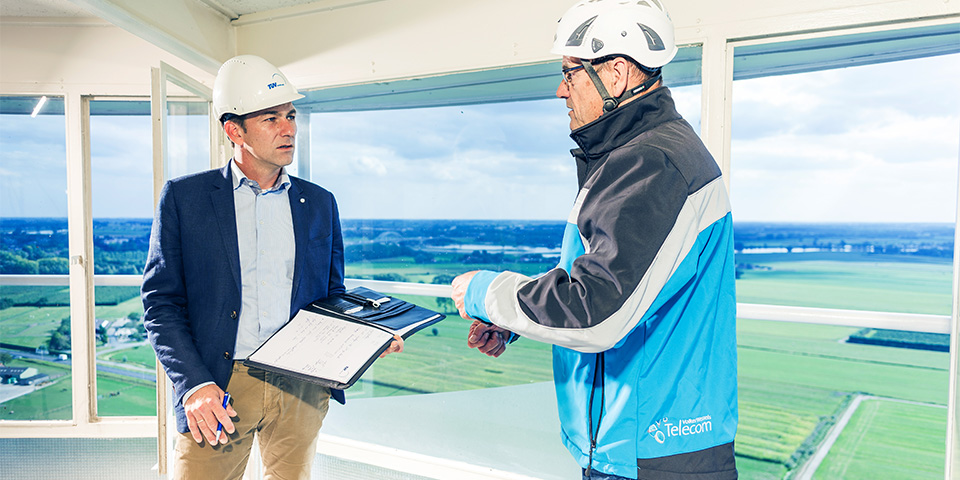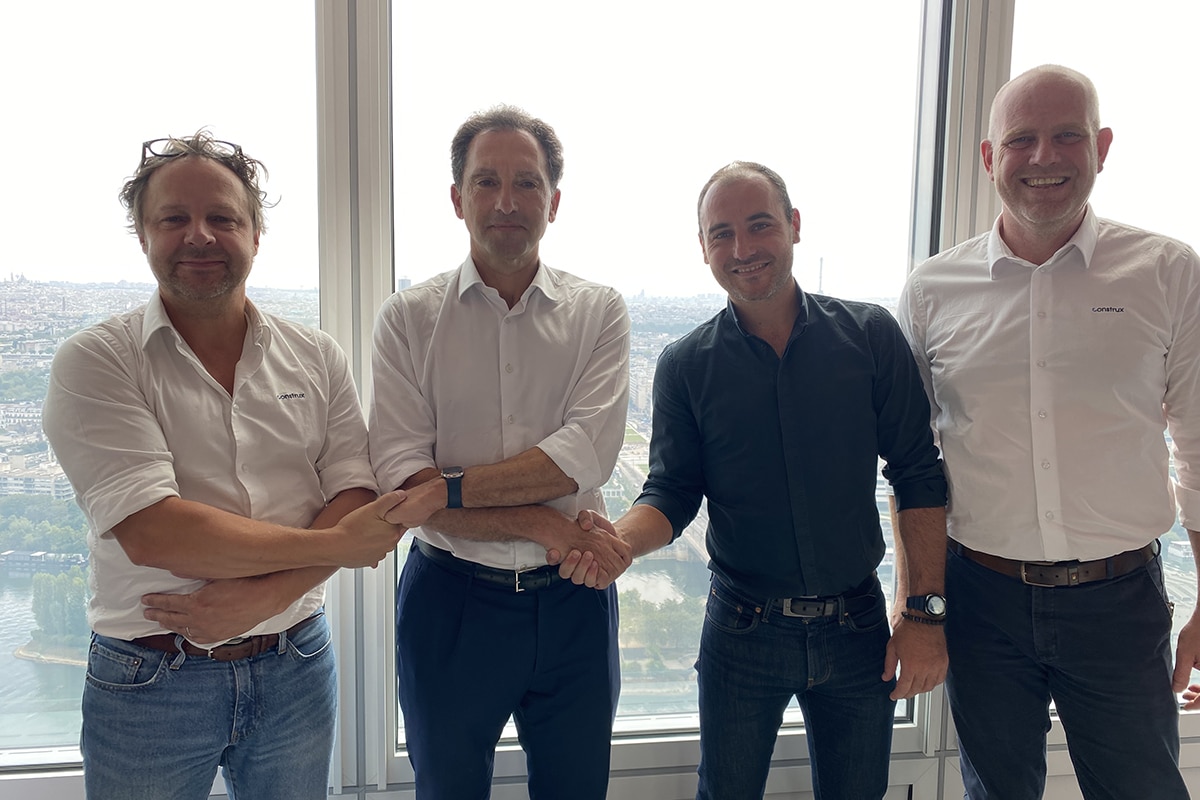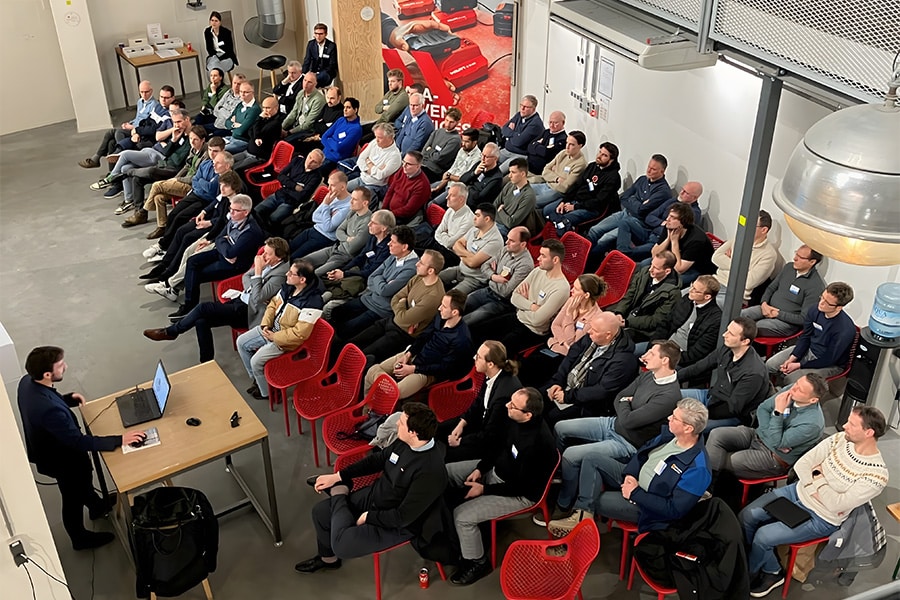
ISO 45001 replaces former OHSAS 18001
Occupational health and safety
Employee health and safety is an issue in every company, large or small. After all, employees expect a safe and healthy work environment and, as a result, will perform better. Moreover, customers also expect companies to make efforts in this regard. The new ISO 45001 standard replaces the former OHSAS 18001 standard for the management of health and safety at work. Companies that work according to this standard demonstrate that they work systematically on the working conditions, health and safety of their employees.
Because there was a great need for a standard for occupational health and safety management systems, OHSAS 18001 was developed in 1999; a standard for occupational health and safety. "This standard today forms the basis for the new ISO 45001 standard, which is officially called 'Management Systems for Health and Safety at Work - Requirements with Guidelines for Use,' with 'Occupational Health and Safety' replaced by G&VW. The new ISO 45001 standard replaces the OHSAS 18001 standard and gives companies with it until March 2021 to switch to the new standard," explains Alex de Wals, Manager Sales & Business Development at TÜV Netherlands. "The focus is on the preventive protection of employees and the increased involvement of the management team. It can be easily integrated into implemented management systems and applied regardless of the size of the company."

TÜV Netherlands tests and certifies companies in accordance with the new standard and can train organizations with OHSAS 18001 certification to convert their own systems to the new requirements of the ISO 45001 standard.
Only benefits for both employee and employer
The health and safety of employees is affected by physical stress, physical conditions, psychosocial workload and machine safety, among other things. With a G&VW management system, hazards and risks are identified and evaluated in order to then address them. ISO 45001 also has requirements for the results of the management system. "The benefits of this standard are great. For example, a systematic approach to safety and health effectively leads to improvement at every level. Good working conditions result in motivated employees and less absenteeism, which also has positive financial consequences. Moreover, this results in a good reputation with customers and clients," De Wals states. "Because of the High Level Structure (HLS) with its uniform structure, definitions and terminology, this standard can easily be integrated into other management systems, such as ISO 9001 and ISO 14001. Moreover, it takes into account people who are not permanently employed, such as subcontractors and suppliers. It also requires greater involvement from the highest level of management. After all, it goes beyond simply having a desk that must be at the right height to work properly."
Focused on any business
Employee health and safety is important to every company and a management system will be tailored to a company. For smaller organizations with a limited number of hazards and risks, the system will be simpler, while the interpretation for larger companies with more risks will then be much more complex. "We have a lot of experience in the field of management systems and occupational health and safety protection," concludes Alex de Wals. "We test and certify companies in accordance with the new standard and can train organizations with OHSAS 18001 certification to convert their system to the new requirements of the ISO 45001 standard themselves."



